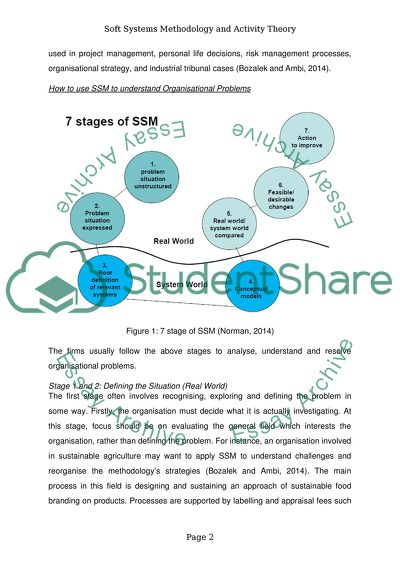Cite this document
(“Soft Systems Methodology and Activity Theory (System Thinking) Essay”, n.d.)
Retrieved from https://studentshare.org/miscellaneous/1672734-soft-systems-methodology-and-activity-theory-system-thinking
Retrieved from https://studentshare.org/miscellaneous/1672734-soft-systems-methodology-and-activity-theory-system-thinking
(Soft Systems Methodology and Activity Theory (System Thinking) Essay)
https://studentshare.org/miscellaneous/1672734-soft-systems-methodology-and-activity-theory-system-thinking.
https://studentshare.org/miscellaneous/1672734-soft-systems-methodology-and-activity-theory-system-thinking.
“Soft Systems Methodology and Activity Theory (System Thinking) Essay”, n.d. https://studentshare.org/miscellaneous/1672734-soft-systems-methodology-and-activity-theory-system-thinking.


